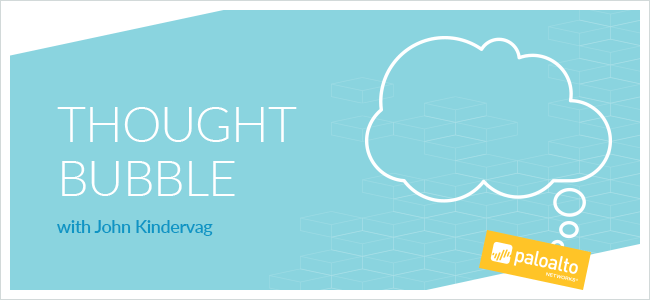
Palo Alto Networks13


10 to go!
How can leaders drive Zero Trust within their organizations?
How can leaders drive Zero Trust within their organizations?

Tom Hollingsworth
Understand the business goals of what Zero Trust offers. It's not a magic wand. It's a strategy that assists other technologies and makes them more effective.

Rob Reiter
Use the business strategy to outline where in the business plan #zerotrust supports initiatives. Engage with a Zero Trust partner. Use stories to illustrate the benefits and drive the message home.

Lieuwe Jan Koning
@NetworkingNerd fully agree! Spread the word. Point to video's that explain zero trust. And if you build a new environment, or start moving to the cloud, make sure you involve someone who has done it before













